In Photos: Macaque Mother Cares For Mummified Corpse of Daughter
Mourning mother?
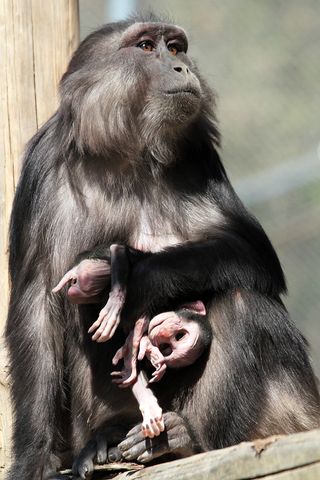
A Tonkean macaque (Macaca tonkeana) in Parco Faunistico di Piano dell'Abatino in Italy lost her newborn just five days after the little one was born. Evalyne, as she was called, spent four weeks carrying around the infant's mummified remains, even grooming the corpse and cannibalizing it, researchers reported in the journal Primates.
"Maternal care of infant corpses is the most frequently documented response to death by monkeys and apes in both natural and captive settings," the researchers wrote in the journal article. The main difference, is that most macaques would have stopped tending to the corpse sooner, said study co-author Bernard Thierry, a research director at France's National Center for Scientific Research. Here's a look at Evalyne and her odd behavior.
Inseparable mother and daughter
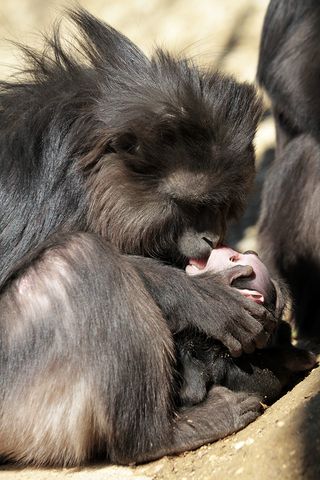
Evalyne was inseparable from the body of her daughter, the researcher said. She continued to groom the corpse, going as far as sticking her finger or tongue into the mouth of the mummified body — a behavior that macaques use to get their newborns to start suckling.
Mummified remains
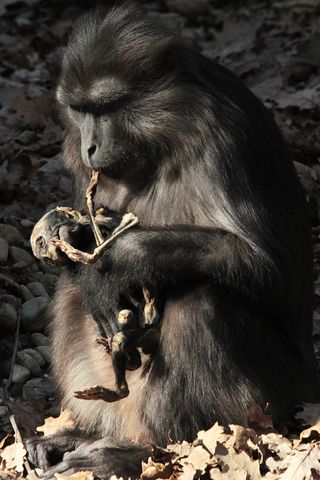
Within eight days, the newborn's body had mummified. As such, the corpse would have appeared more life-like than if it had decomposed right away, the researchers said.
Grief or delusion?
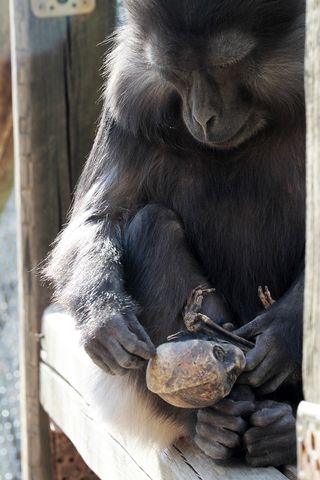
The researchers aren't sure if Evalyne had formed at bond with her daughter during her short life, or perhaps Evalyne thought the mummified remains were "alive."
Caring for a corpse
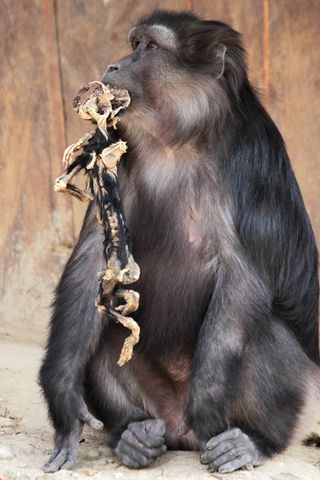
In the following weeks, the corpse continued to decompose. The skin and fur fell away from the mummified corpse. Even so, Evalyne continued to groom and care for it.
Baby cradle

Evalyne would either cradle the corpse on her chest or carry it in her mouth.
Sign up for the Live Science daily newsletter now
Get the world’s most fascinating discoveries delivered straight to your inbox.
Decaying body

On the 18th day, Evalyne, for the first time, briefly put the remains, a fragmented skeleton covered with some mummified flesh, on the ground. Another female macaque apparently went over to investigate, the researchers said.
Almost gone
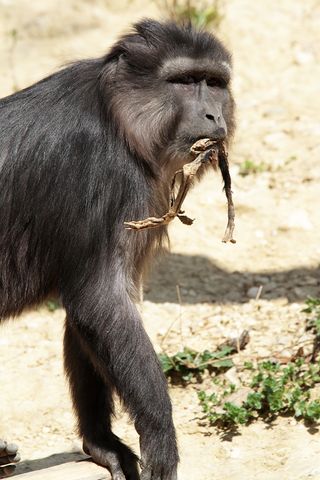
"In the first two weeks, Evalyne would have protested and defended the corpse," Thierry said. "But in the third week, the body started breaking apart and the mother was likely in the process of slowly detaching from it."
Cannibalizing a corpse

The next day, after the brief moment of detaching from the corpse, Evalyne took a bite out of it; and over the next week, she would occassionally eat bits of the remains and gnaw on the bones. Even after the body decayed and fell into several pieces, Evalyne held one bit in her mouth until the body was completely gone.
Most Popular


